The week that was 24-28th October 2016
Singapore, Weekend 29 – 30 October 2016
No travel this week! Finally a full week in the office without having to hop on a plane! This allowed me to dive a bit into some of our local projects. While we of course like to have local (Singapore) projects we generally do not pursue them with great vigour as from experience we know that these are generally quite “painful” in terms of involvement. Most of our local projects involve weekly meetings some multiple meetings per week, which are very time consuming and not very “fee-efficient”. Whenever we can nowadays we charge an attendance fee for our local meetings to at least cover our time involvement but many of our clients do not want to hear about this so you have to somehow weave this meeting attendance into the fees to cover ourselves properly. Overseas visits are much more efficient and dedicated, everyone is in the frame of mind to complete and settle as much as possible in the short time we are all together. Moreover they are costed specifically and clearly so really, no reason to not do the same in Singapore. We are also embarking on updating our website to give it a new and fresher look as our current website is already more than 5 years old and new social media and interactive web technologies allow the website to be much more exciting, so look out for it in the new year! I am also progressing well on my new book and some other exciting new personal projects I am working on. I will share with you when the time comes as with so many things I work on it in the background of our daily activities whenever I can, so sometimes I am progressing well sometimes it lays on the shelf for a while due to other pressing matters.
Hotel operators
Hospitality projects over the years have become part of our core expertise, purely driven by our success in this application and the amount of projects available in this sector. So I guess we can confidently say we have built quite some experience in this field. So much so that we have reach a stage where there are now quite some expectations about the quality of our deliveries from both our clients as well as the operator. With many of our projects we deal with new clients, some who are new in the game, some being old hats, but clients we have no prior experience with. In general when a project is offered to you, we would accept it, after all we need to keep “bread on the shelf”. But occasionally as happened in the past week we decline a project, this time in cahoots with the interior designer. One of the Chinese hotel operators with whom we were dealing on another project with another client, offered the same team another project in which they were both operator and client. However after having been presented the project and a “we will think about it” we came together and decided that the design direction, requirements, style and overall target group would not suit our image and declined respectfully. Rejecting projects is a tough call but at times must be made for the good of the future, specifically when there are clashing views on how a project should be realised. Proceeding just for the “money” may harm your image in the long run, but mostly create unnecessary friction and tension in the short term…not worth it.
Directly related to this are those projects where the client has no appreciation for the value for money when it comes to lighting. We are involved in such project (with some frustrating email correspondences during the week) where we are trying to uphold our quality standards in the lighting design but where the client does not feel they should spent that amount of money. The result is a friction between client and ourselves with an operator only looking at the end result which has our name attached to it. While my policy is that the client is king and we should always diplomatically try to resolve our differences, there are times (we have had a few of these projects) where we are caught between a rock and a hard place. Adopting a “my way or the high way” approach has seen us been kicked out of projects (client: “ok, we will do it ourselves then”) or when trying to find acceptable compromises seen the operator disappointed with our inputs and the final outcome. We failed them…There are obvious financial consequences to both approaches!
Park View Square
Most of the week was taken up by on site lighting tests and mock up reviews with our PVS project that has now moved into high gear with the aim to complete the renovation before Xmas. This is a very challenging project with very visual aspects and luckily the client and contractor are fully appreciating the need to visually assess critical parts of the design before proceeding to final order or installation. Our hanging structure is taking shape with a timber mock up installed to appreciate proportions, shape and finishes. Technically the structure will do what we want it to do. Visually with the brass/copper finish and black track and spots I think it will look as good as can be. Key will be to control glare and brightness as to minimise the visual impact and focus the attention to the floor rather then the hanging structure itself. For that reason the chosen finish of polished brass/copper will help reflect the surroundings and make the structure visibly “disappear” as much as possible. Dealing with reflective materials is always challenging.
We are also fitting out lights in a champagne room that is fully cladded in rose-gold finish. Everything reflects everything…finding the right way to integrate lighting without it becoming an glary, reflecting eyesore was one of the challenges we tackled this week.
Finally the wine tower’s new lighting (from previously back lighting to now dramatic up-lighting) was also subject to some testing to decide whether one row (more drama) or two rows (more sparkle) was the best solution…I will leave you in suspense about the decision…but as the whole wine tower will be connected to a dimmer we are confident we will be able to program the lighting to great effect.
Light sensitivity
We always learn and are forced through our projects to sharpen our skills and knowledge all the time. In this project we had been advised that some very expensive bottles will be held in the displays and that as such the exposure (intensity and duration) to light should be controlled to minimise any damaging effects. The first layer of protection is exposure to light (keeping the bottles in the dark (cellars!), but if you want to display them then you need to light them up. The second layer of protection is the quality and type of the bottle glass. Coloured or UV filtered glass is applied when it comes to highly expensive and sensitive wines. Ambient temperature and humidity is another obvious factor in conservation of the quality. Last but not least there is the lighting and from research it seems that particularly lighting below 500nm (blue to ultra violet light) can have impact the long term quality conservation. LED’s are known for their relatively low level UV content but in this particular case we decided to integrate UV filters in our lighting to make sure at least lighting will not be harmful. We have tried to extract information from the wine and champagne manufacturer as to what they consider as tolerable lighting energy quantities but to date we are still waiting…anyone who can enlighten us on this subject?
Enjoy your weekend…

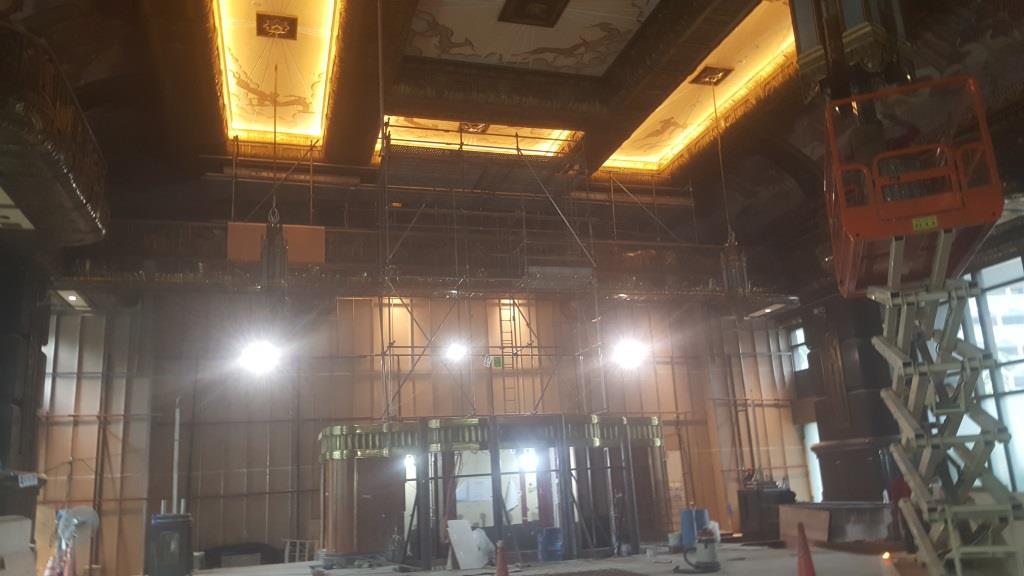
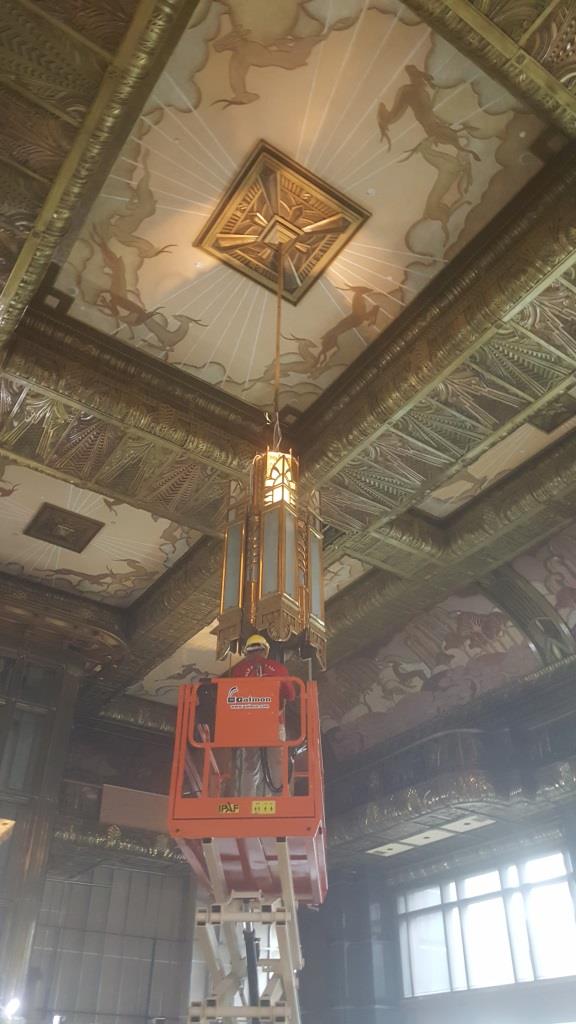
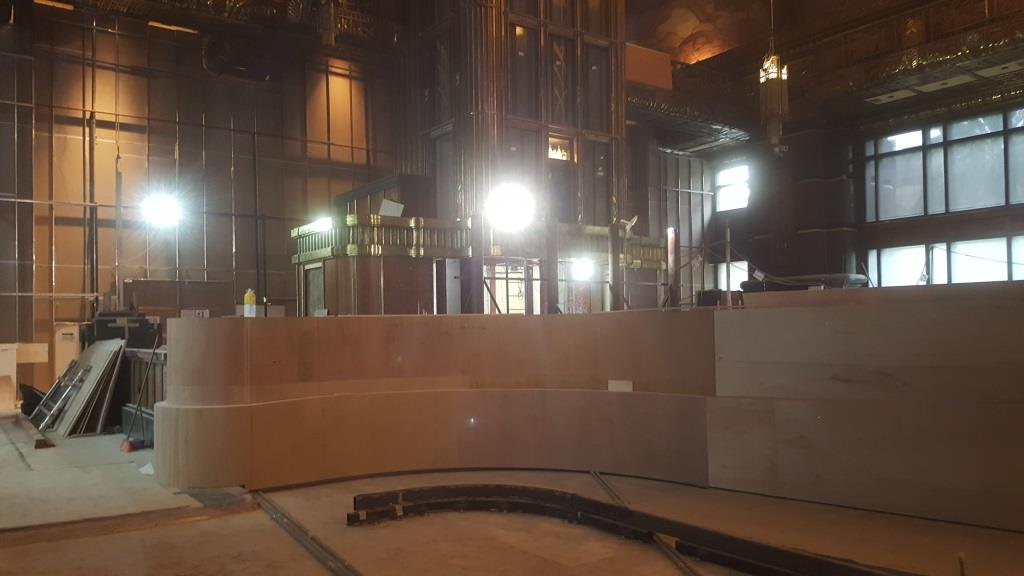
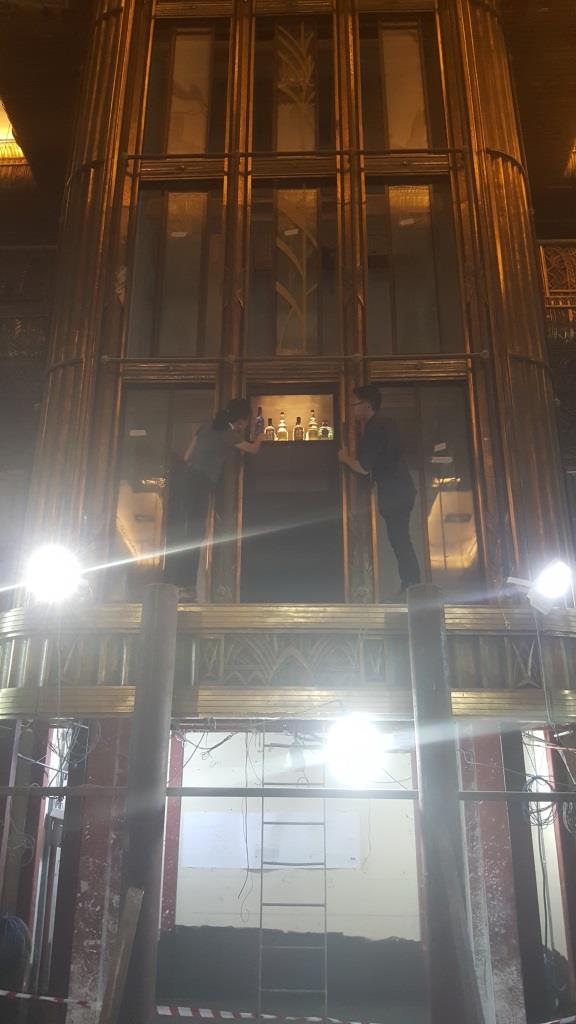
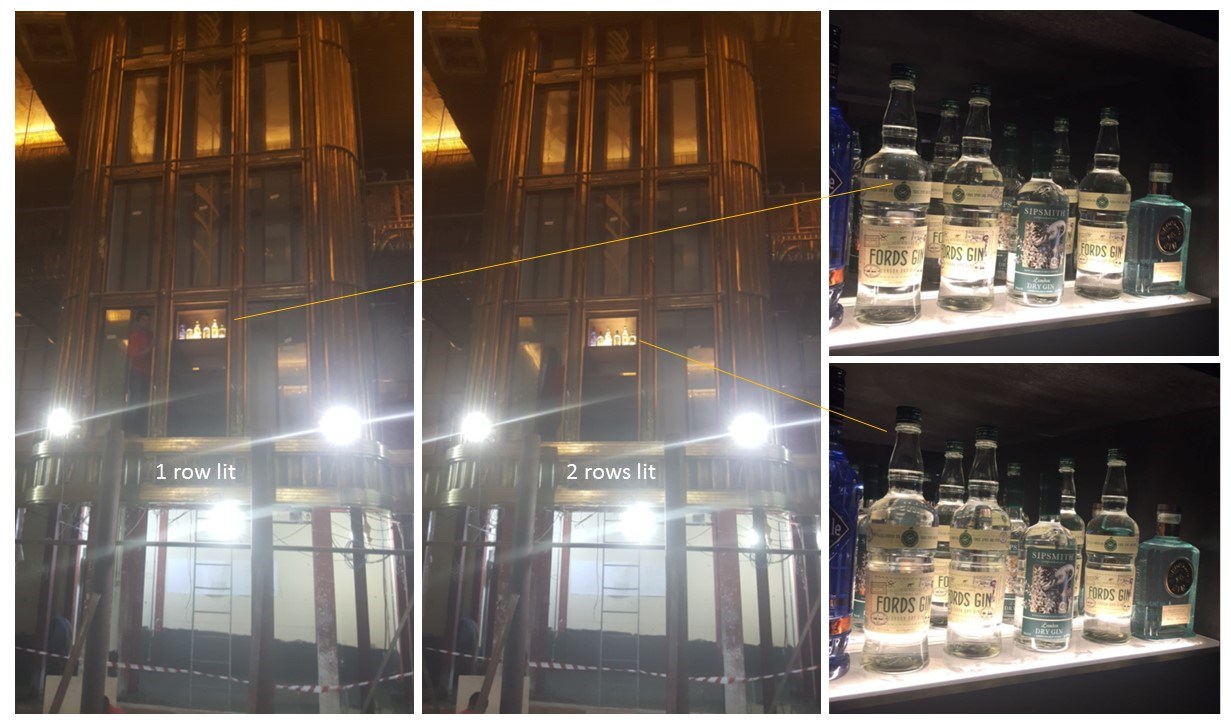
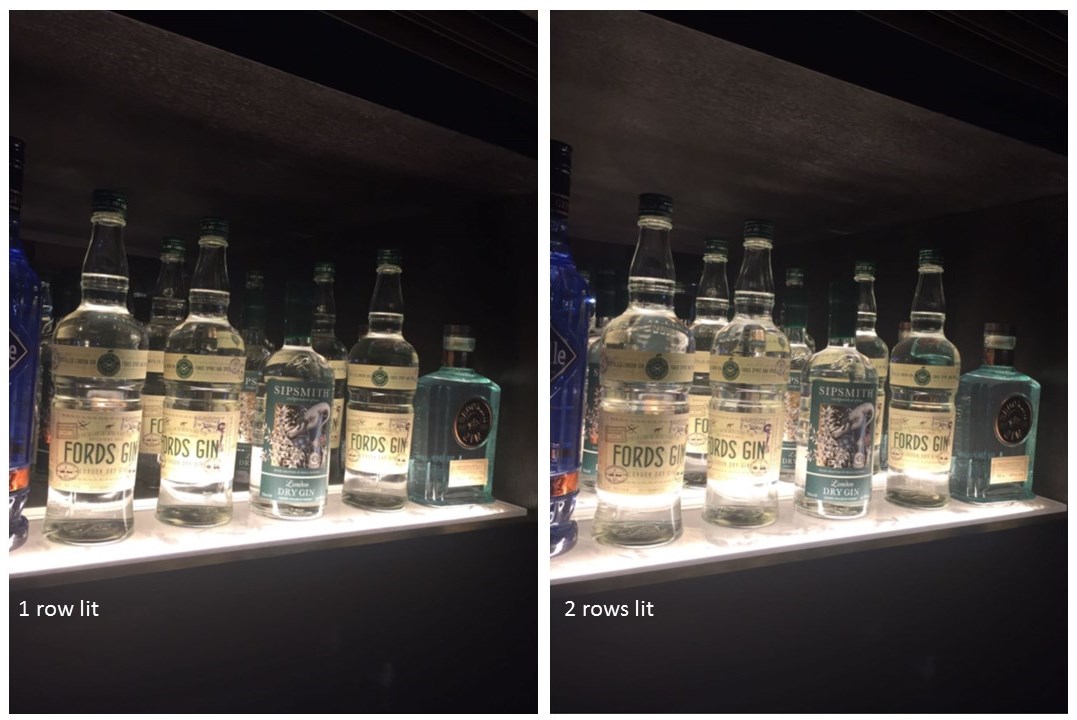
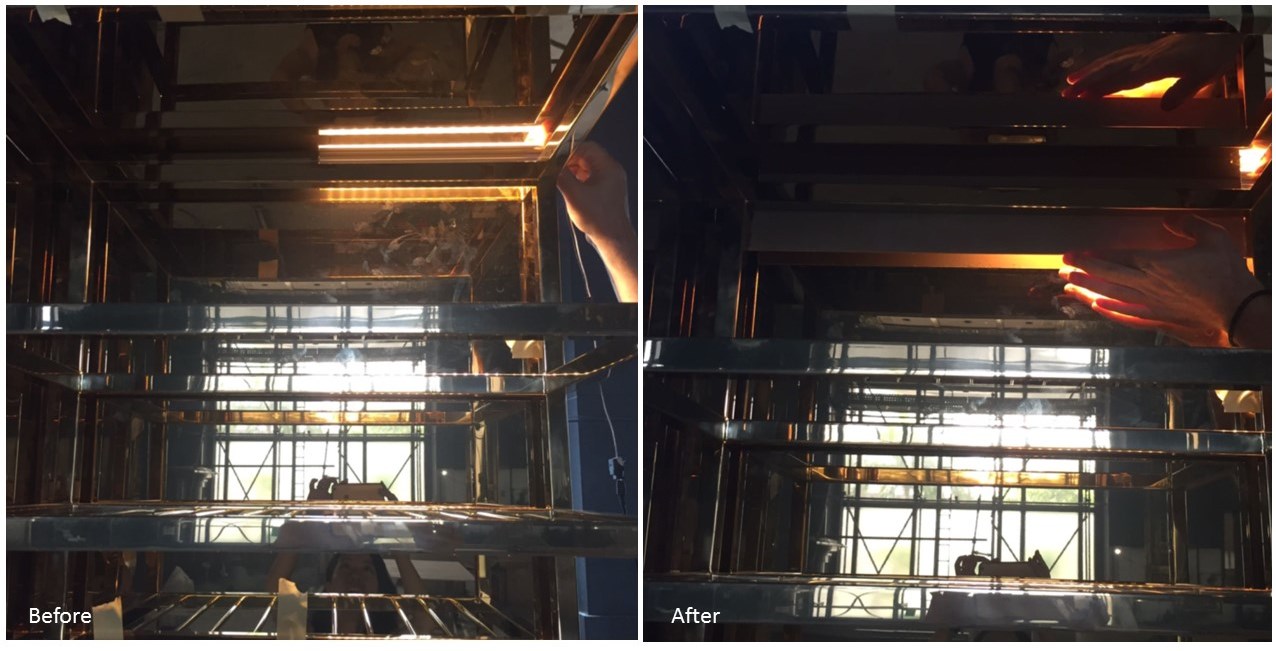
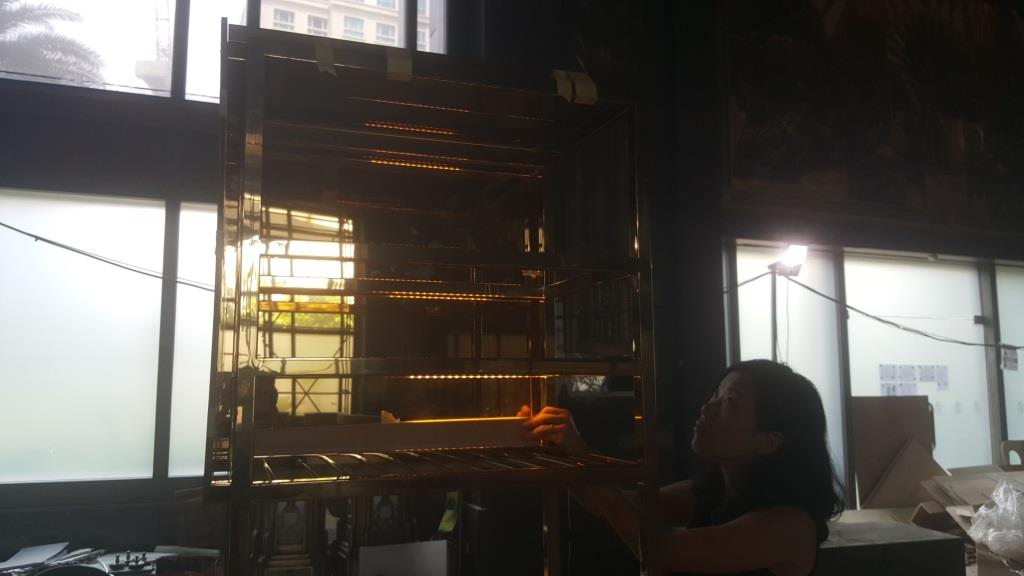
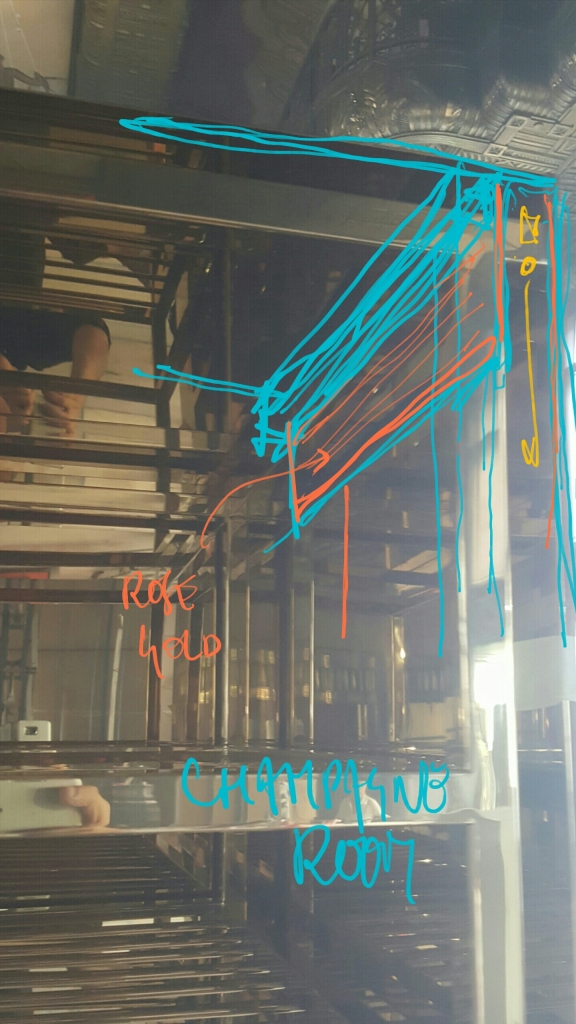
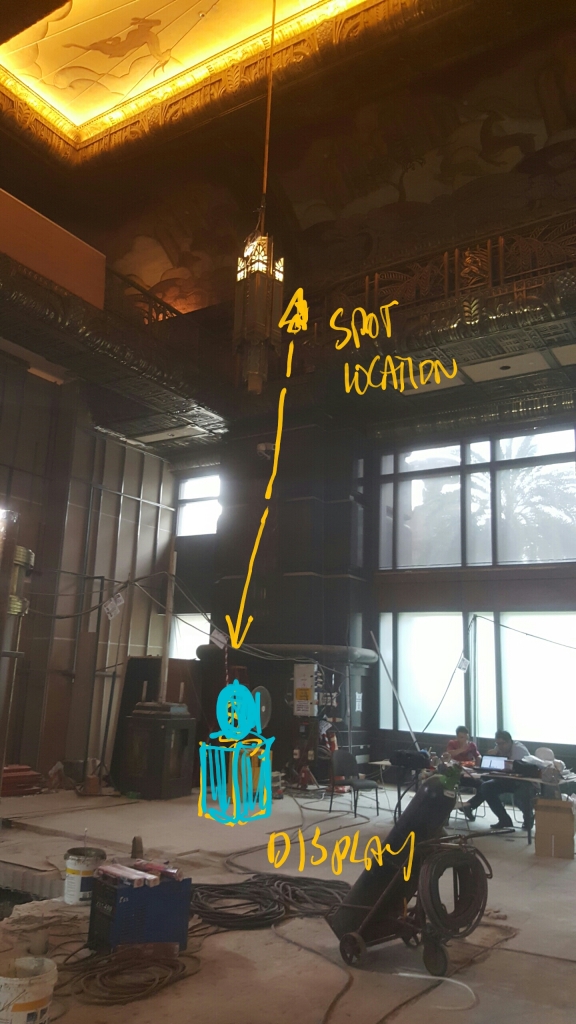
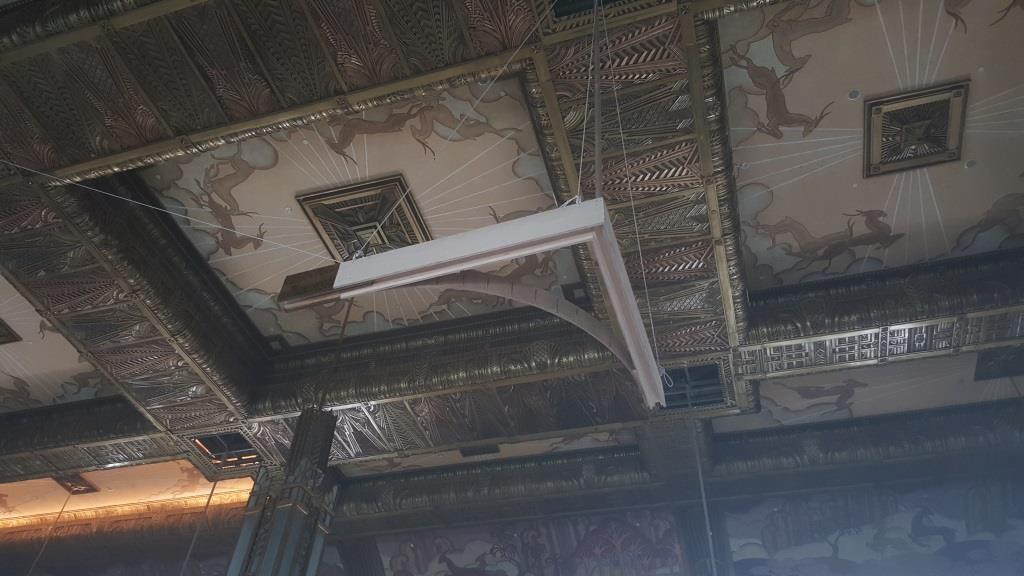
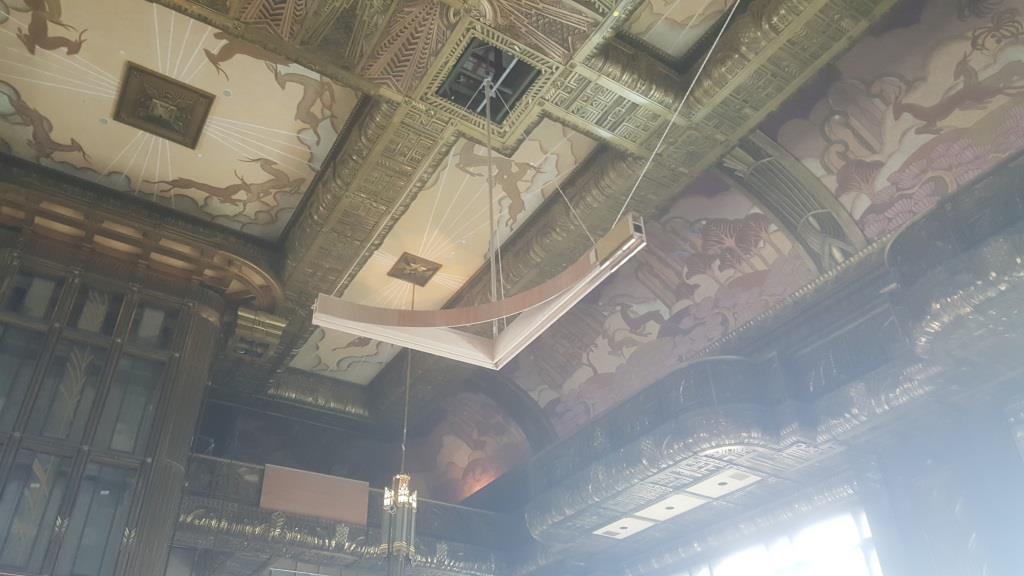
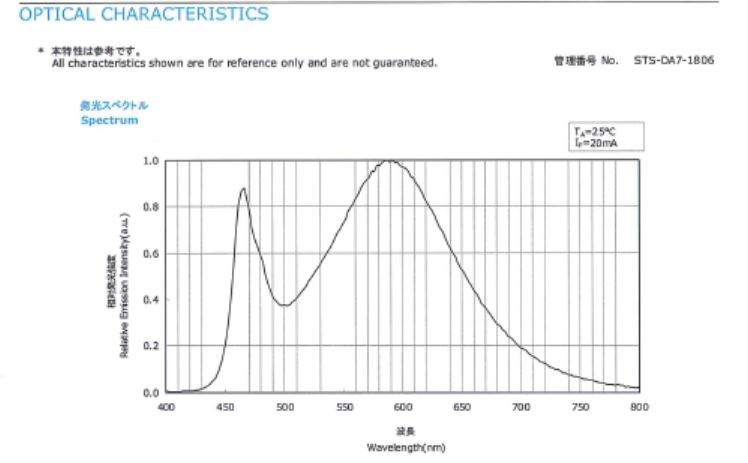
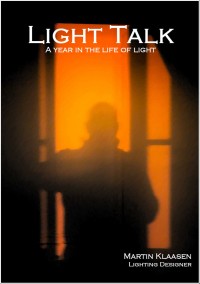 The long awaited book compilation of Martin's first year of blogging is available. Order now.
The long awaited book compilation of Martin's first year of blogging is available. Order now. Feedspot Top 100 Lighting Blogs
Feedspot Top 100 Lighting Blogs